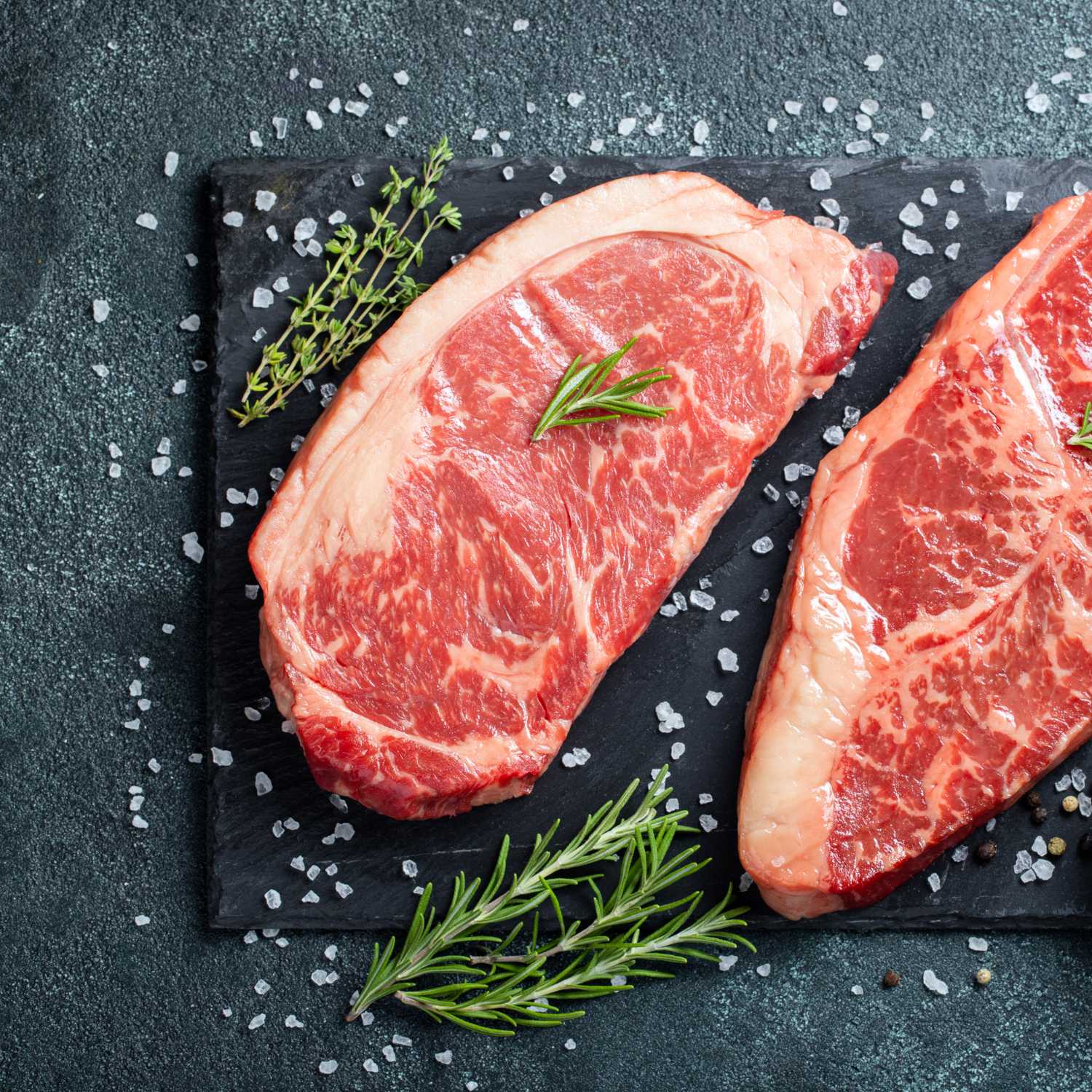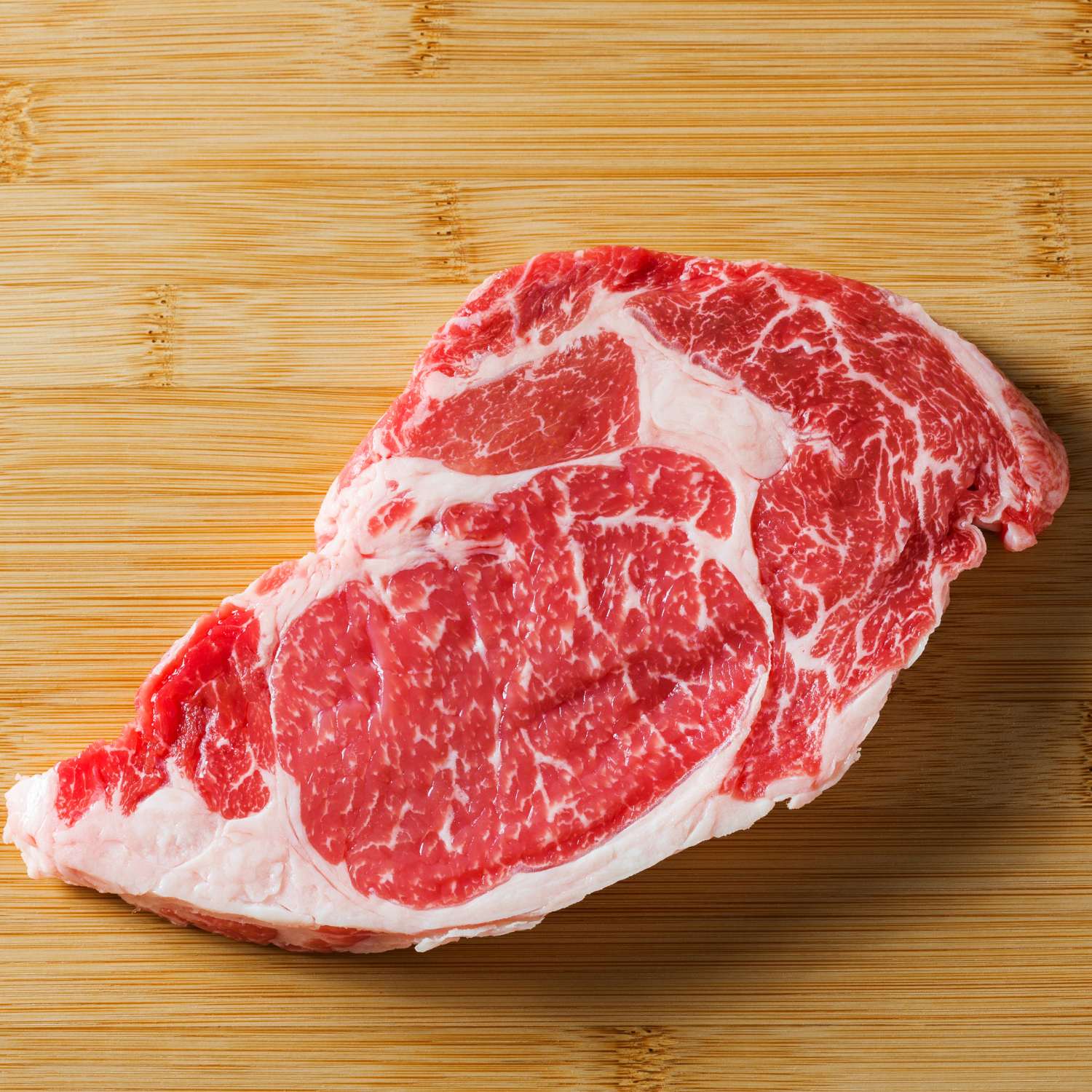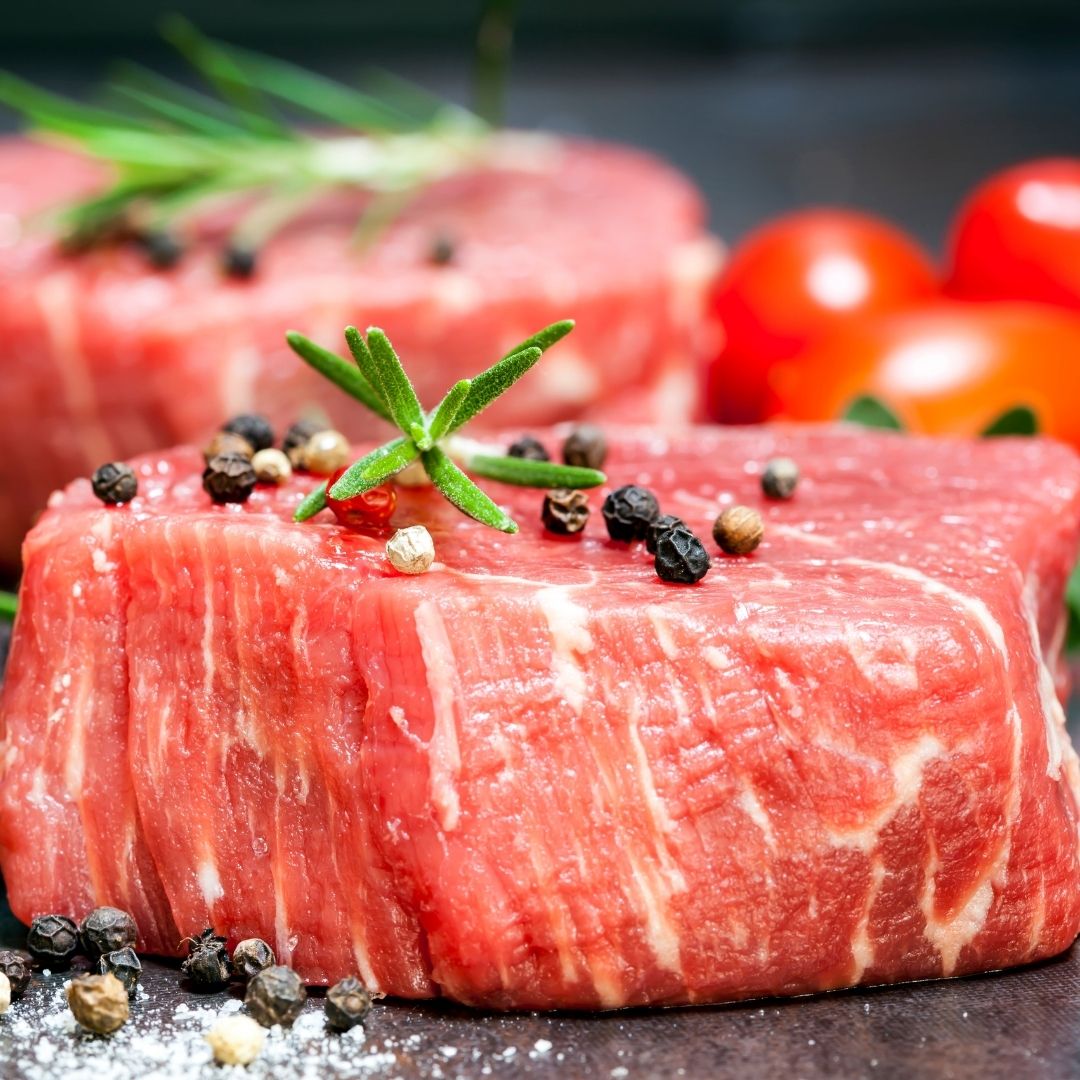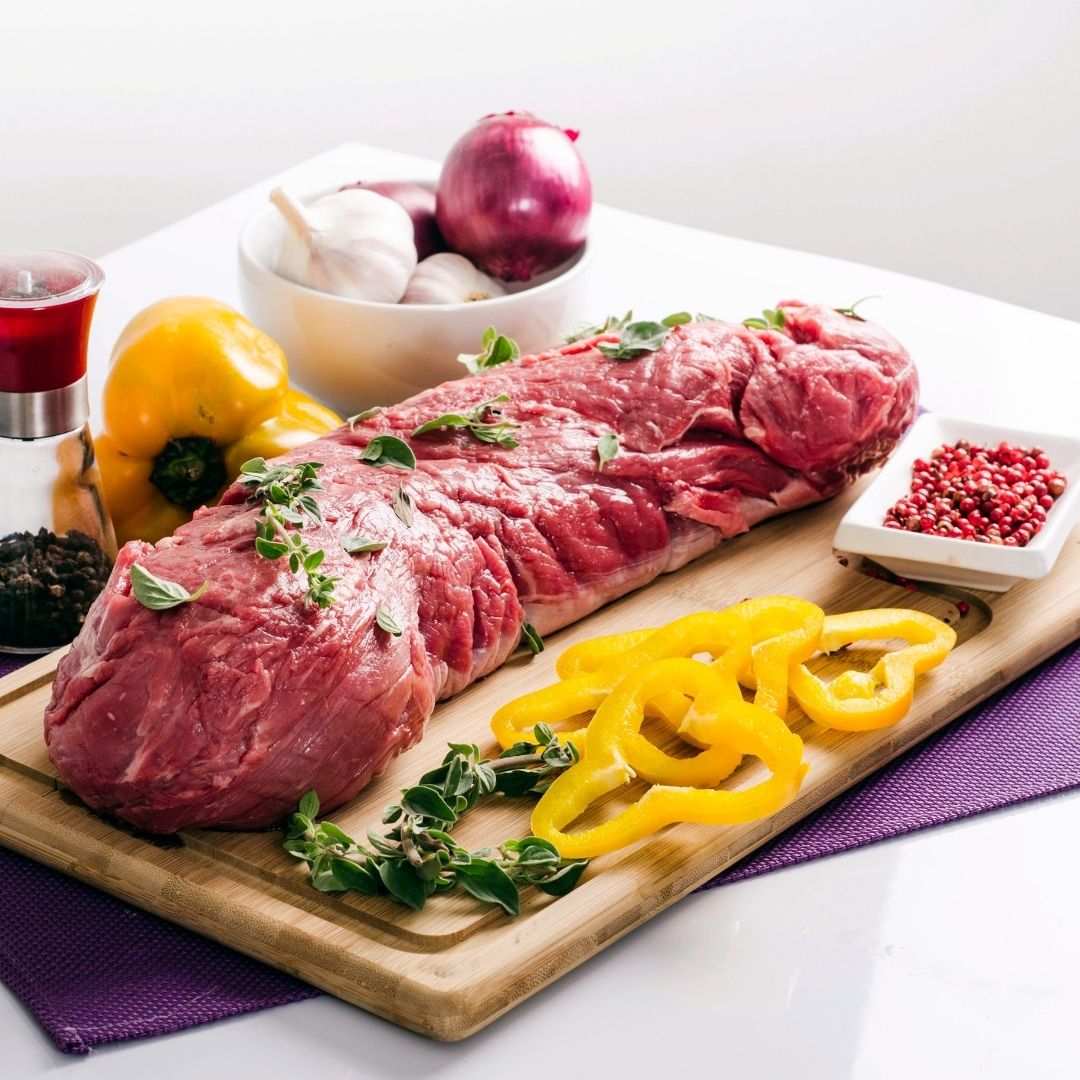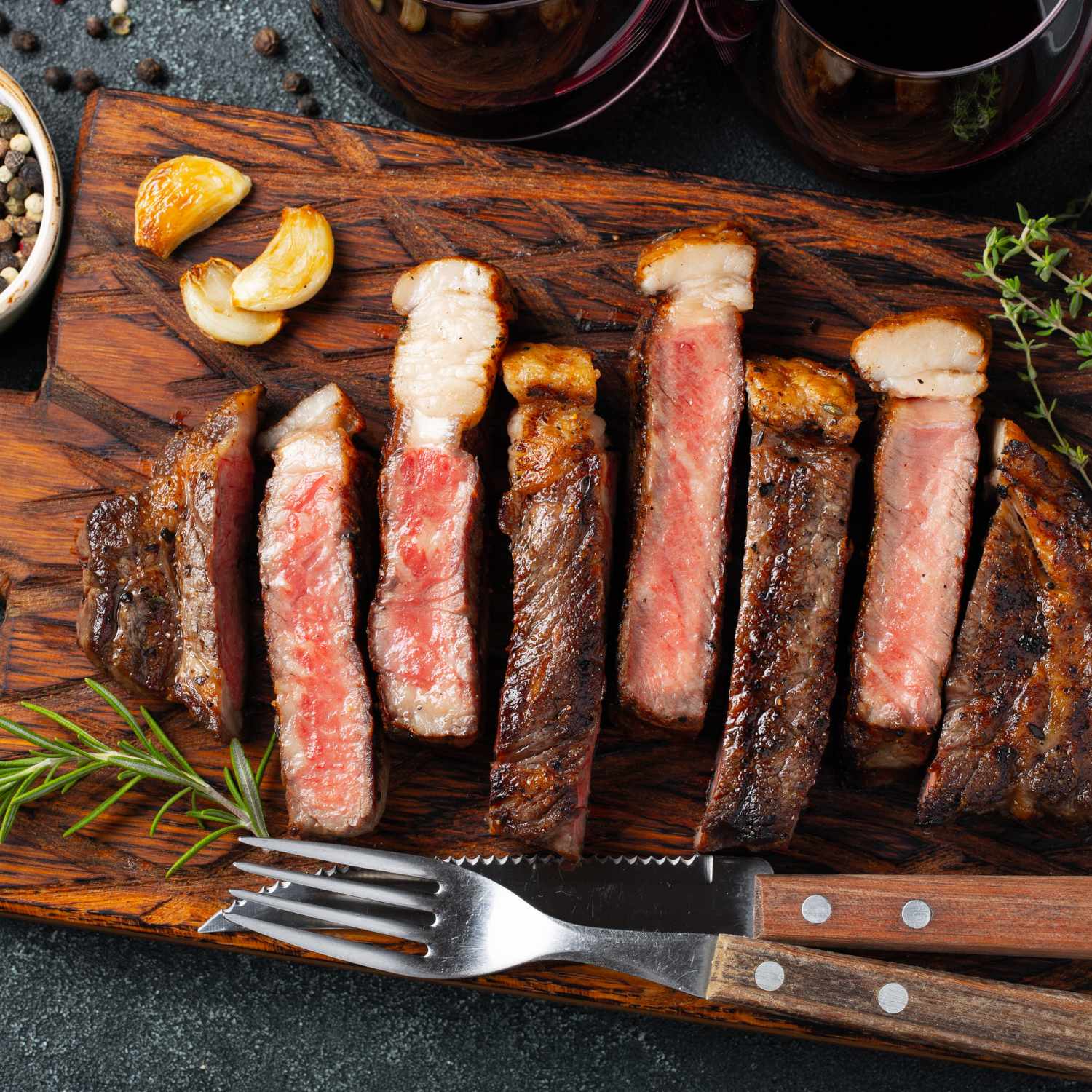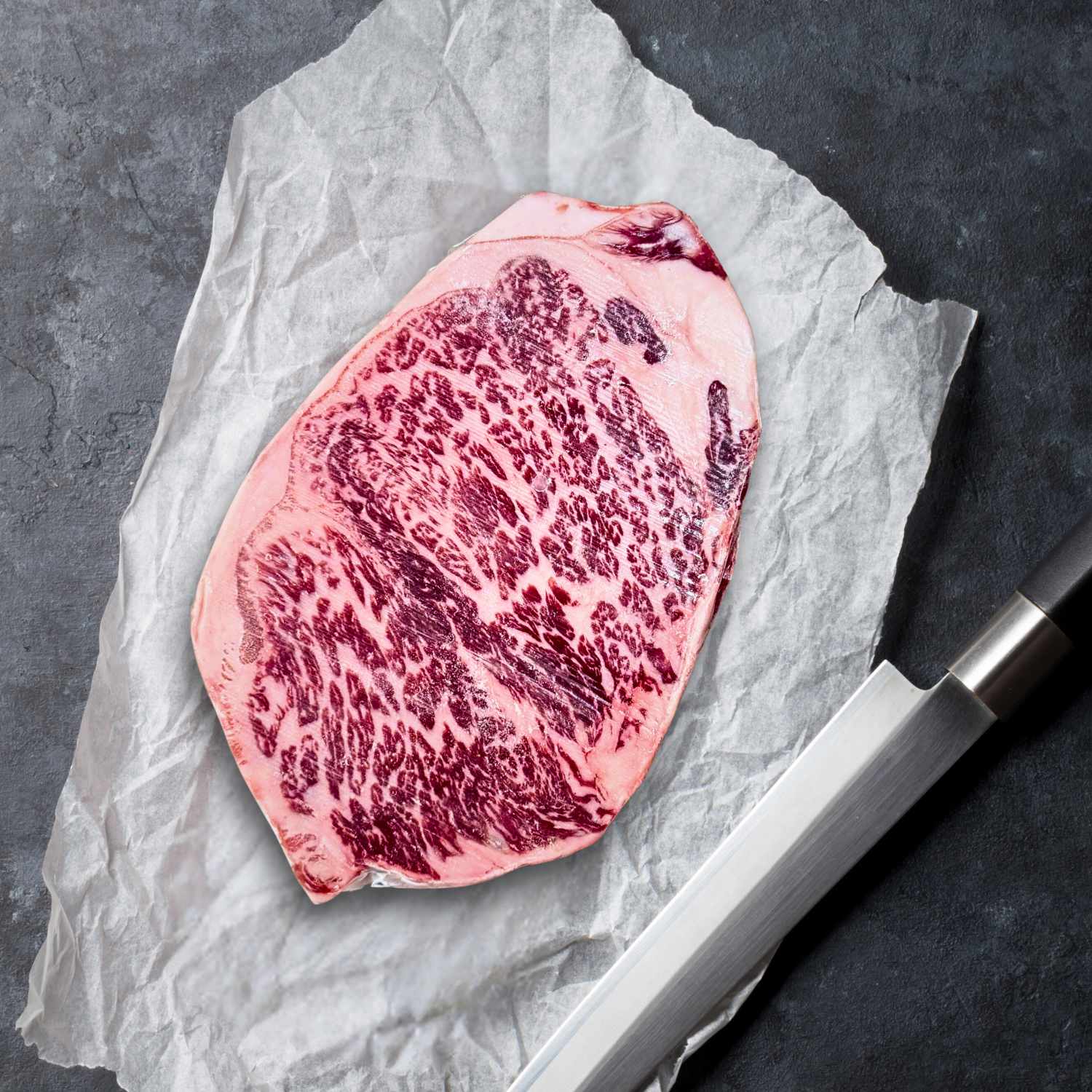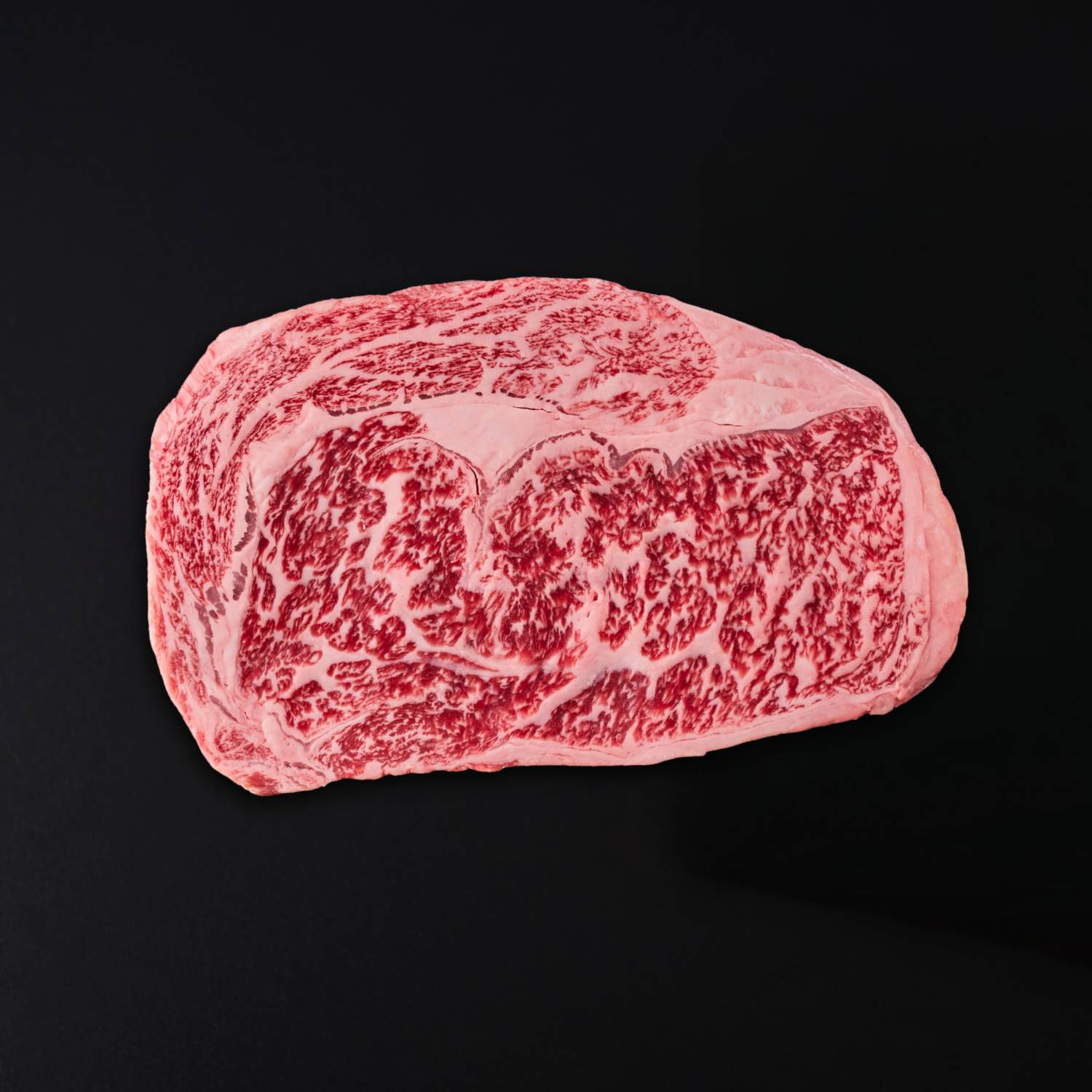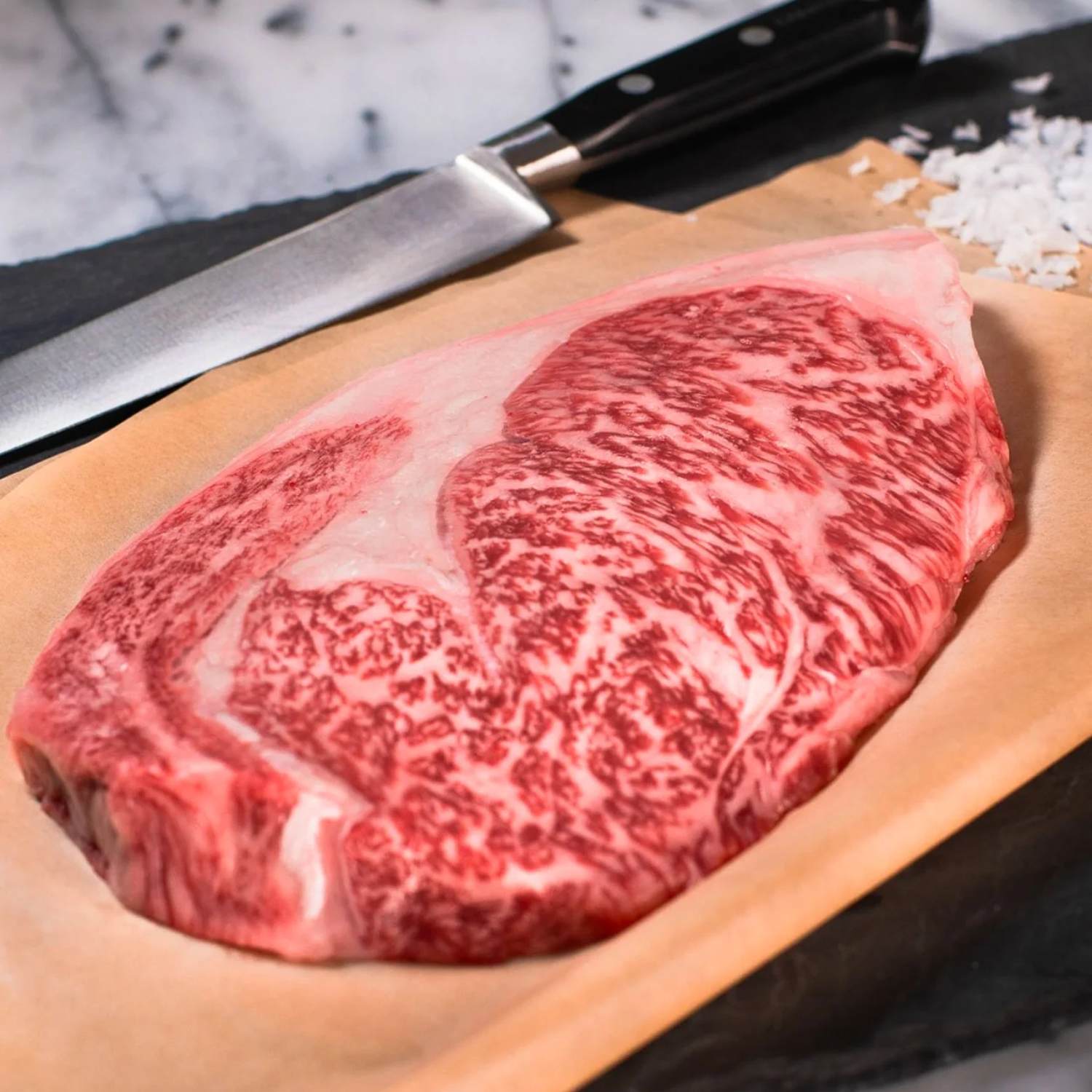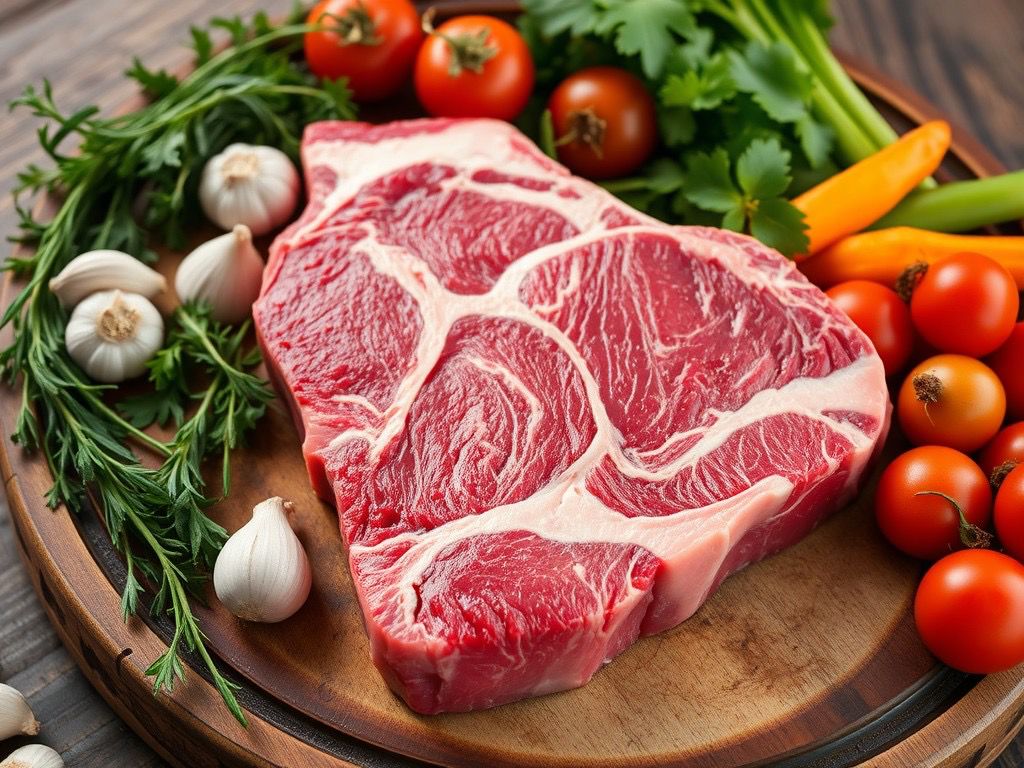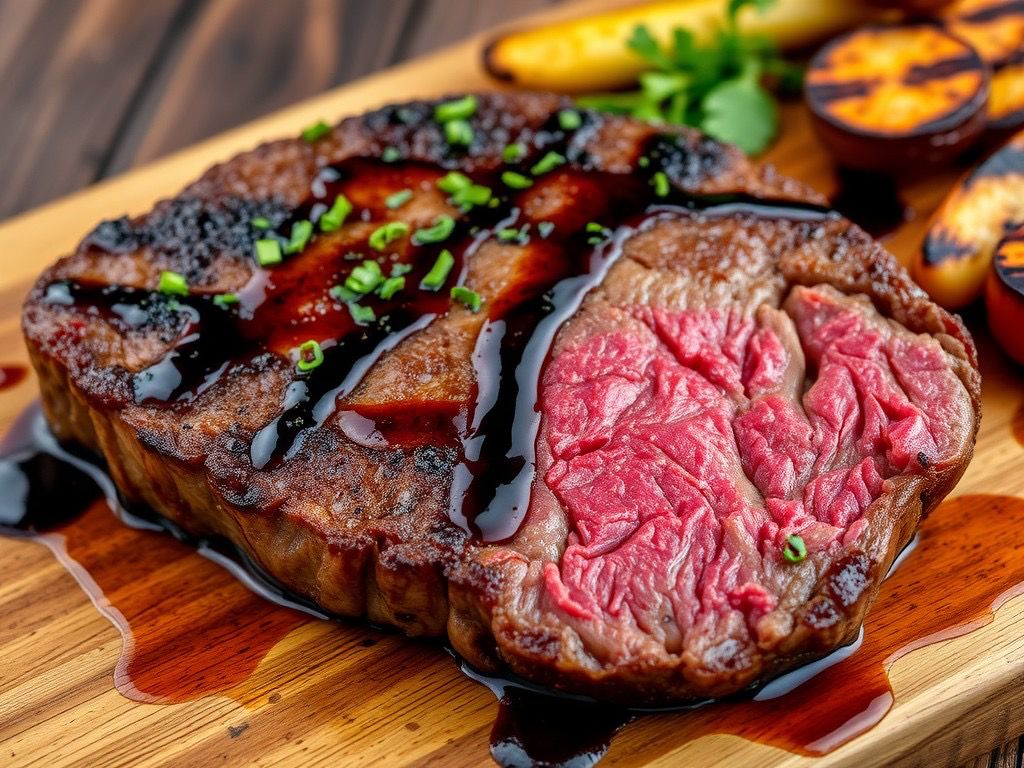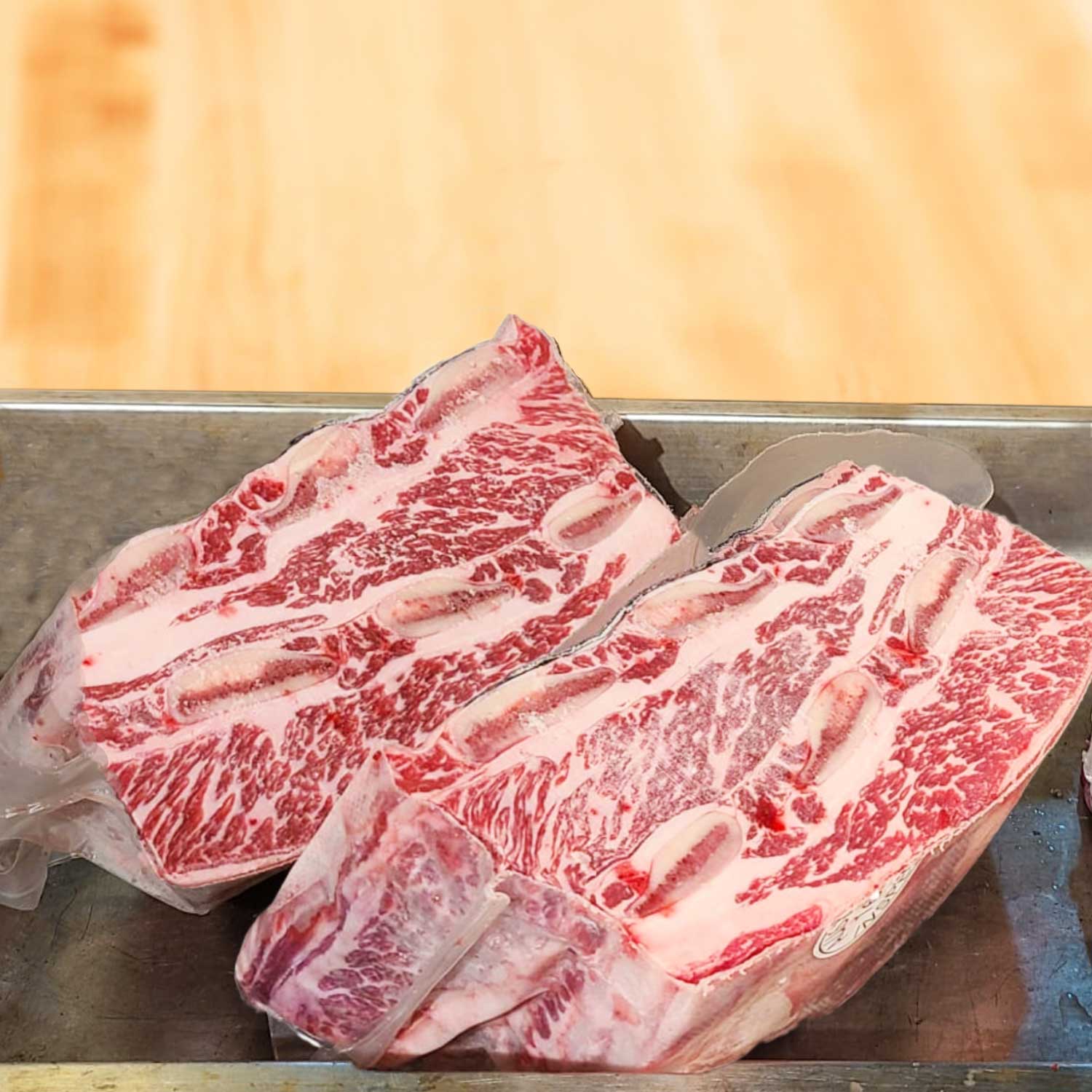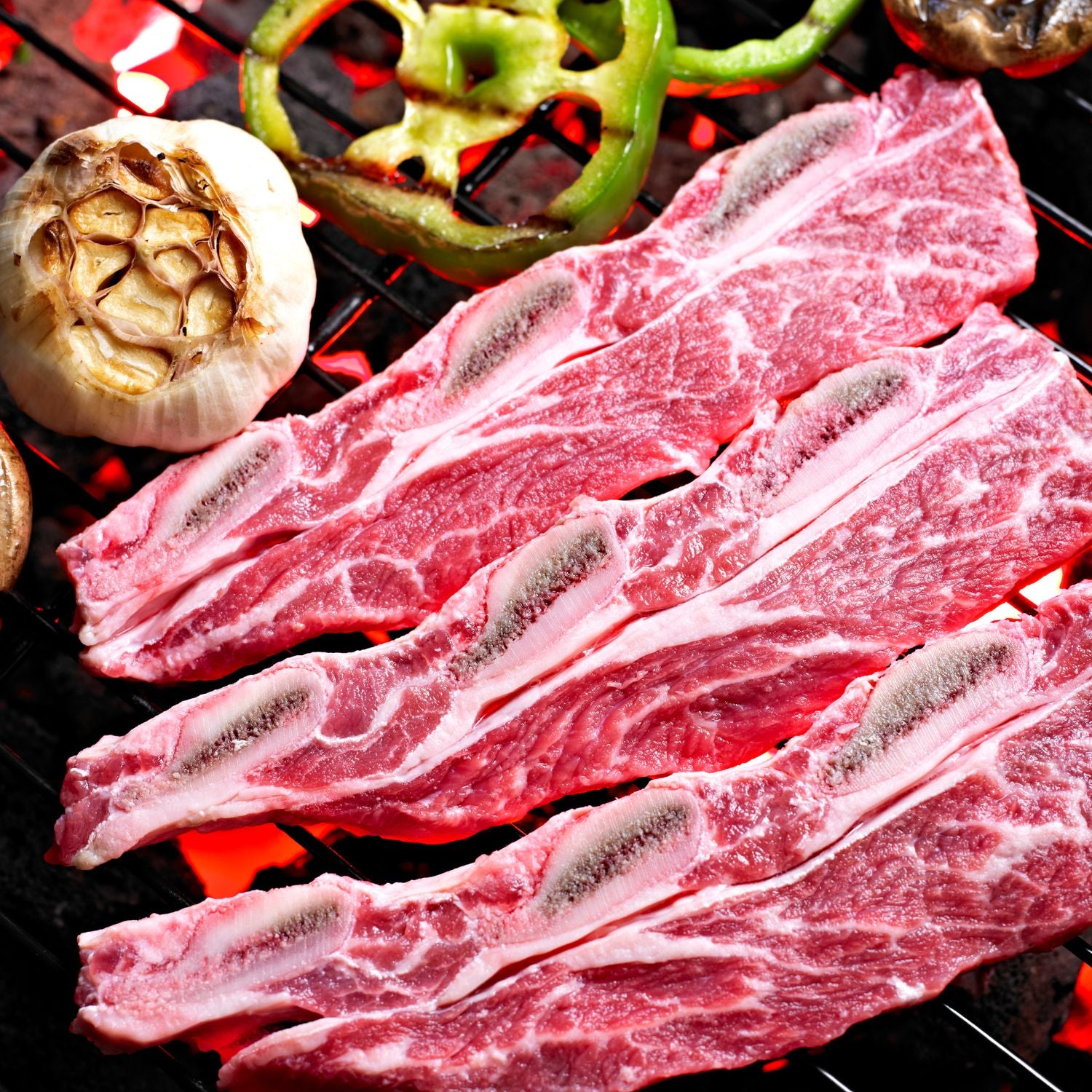The Essentials of Preparing Grass-Fed Roast Beef
Understanding the Differences Between Grass-Fed and Grain-Fed Beef
Before diving into cooking techniques, it's important to grasp the key distinctions between grass-fed and grain-fed beef. Firstly, grass-fed cattle graze on pasture, which impacts the beef’s flavor and nutrient profile. Grain-fed beef, on the other hand, is often raised on feedlots and given a diet high in grains, leading to a different taste and fat content. In Hong Kong, consumers might find grass-fed beef leaner with a more pronounced, earthy flavor compared to the typically tender and marbled grain-fed varieties. Furthermore, grass-fed beef often contains higher levels of beneficial omega-3 fatty acids. Knowing these differences will guide your selection and preparation to ensure your roast beef is delectable and nutritious.

Selecting the Best Grass-Fed Roast Beef for Hong Kong Consumers
Choosing the right grass-fed roast beef is vital. In Hong Kong, look for beef from reputable sources. You should pick bright red cuts with even marbling. The beef should smell fresh and be firm to touch. Avoid meat that is too wet or has a strong odor. If possible, opt for local or imported beef known for quality. Examples are New Zealand or Australian beef. Local wet markets and trusted supermarkets are good places to buy. Make sure the beef is certified grass-fed for authenticity.
Key Preparation Techniques for Optimal Taste and Texture
To prepare grass-fed roast beef with the best taste and texture, follow these steps. First, let the meat reach room temperature before cooking. This helps to cook it evenly. Trim excess fat, but leave some for flavor and moisture. Tenderize the meat gently to enhance its texture. Next, tie the roast with kitchen twine to keep its shape during cooking. Finally, sear the beef quickly on high heat to lock in juices, then slow-roast. These techniques ensure a savory and tender roast beef experience.
Step-by-Step Guide to Cooking Grass-Fed Roast Beef
Seasoning and Marinading for Enhanced Flavors
To cook a tasty grass-fed roast beef, seasoning and marinading are key. Use fresh herbs and spices popular in Hong Kong. Try garlic, rosemary, and five-spice for a local touch. Marinate at least 2 hours for deep flavor. Opt for vinegars or citrus juices in the marinade to tenderize the beef. Keep it simple, yet flavorful, to let the meat's natural taste shine through.
The Ideal Cooking Methods for Grass-Fed Roast Beef
When cooking grass-fed roast beef, the method you choose is vital. For the best results, roasting in an oven or slow cooking are top choices. Here's a simple list to help you:
- Roast in the oven at a low temperature for a longer time to keep the meat tender.
- Use a meat thermometer to ensure perfect doneness.
- Rest the beef after cooking so the juices redistribute.
Each method helps your Hong Kong-style roast beef shine. Remember, grass-fed beef cooks quicker than grain-fed, so keep an eye on the time!
Tips for Perfectly Cooked Roast Beef Every Time
To master roast beef, follow these steps. Preheat your oven to the right temp. Use a meat thermometer to avoid overcooking. Let it rest before you cut it. This gives you juicy, tender beef. Also, slice against the grain. This makes each bite softer. Remember, practice makes perfect. Try these tips and enjoy your roast beef!
Maximizing the Health Benefits of Grass-Fed Roast Beef
The Nutritional Advantages of Grass-Fed Meat
Grass-fed meat has many health perks compared to grain-fed. It has more omega-3 fatty acids, which are good for the heart. It's also richer in vitamins A and E, and antioxidants. These protect our cells from damage. Plus, grass-fed meat has more conjugated linoleic acid (CLA). CLA may help fight cancer and obesity. For Hong Kong food lovers, picking grass-fed beef means a tastier and healthier meal choice.
How to Ensure Maximum Nutrient Retention in Roast Beef
To keep the most nutrients in your grass-fed roast beef, use gentle cooking methods. Slow roasting at low temperatures is best. This keeps the meat tender and saves vitamins. Avoid overcooking, which can drain nutrients. Use cooking juices as a sauce to keep the goodness. Let the roast rest before slicing to keep its juices. Choose cooking tools that won't need extra fats. This makes sure your roast beef is as healthy as it can be.
Creative Ways to Incorporate Grass-Fed Roast Beef into Your Diet
For a healthy twist, try these simple ideas to add grass-fed roast beef to your meals:
- Salad Toppers - Slice it thin and toss it into your favorite greens.
- Wraps - Wrap slices with veggies and a touch of mustard for a quick lunch.
- Stir-Fry Boost - Cut into strips and stir-fry with seasonal veggies for a nutrient-rich dinner.
- Sandwich Filling - Use it to upgrade your sandwich game with whole grain bread.
- Beef Tacos - Shred some beef for a lean and tasty taco filling.
- Omelets - Mix in chunks with eggs for a high-protein breakfast.
- Snacks - Prepare bite-sized cubes with cheese and fruit for a balanced snack.
- Pasta - Shred beef over whole wheat pasta with a light sauce for a hearty meal.
These easy ideas make it simple to enjoy grass-fed roast beef in a variety of ways!


